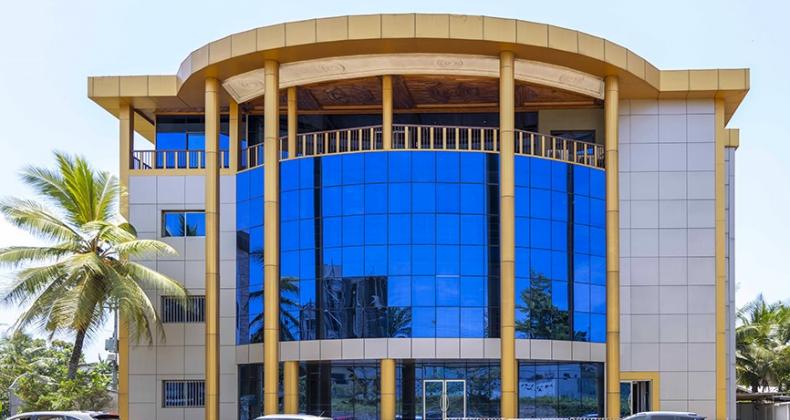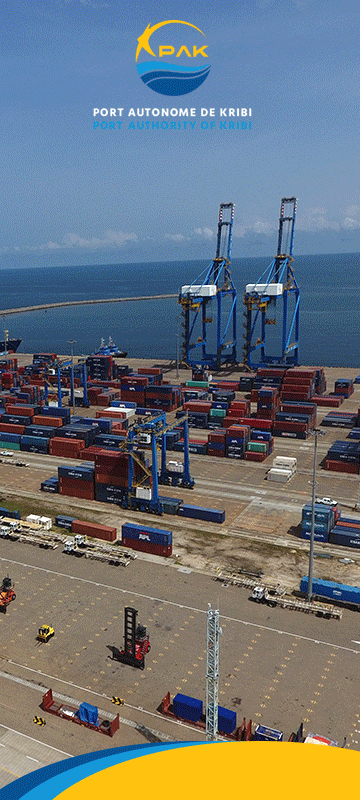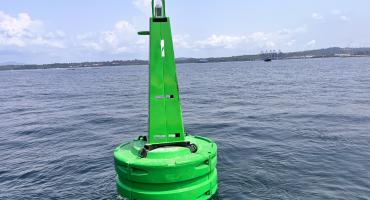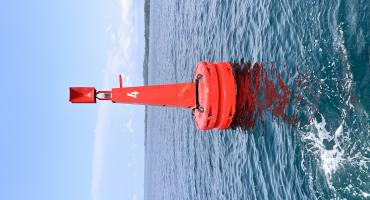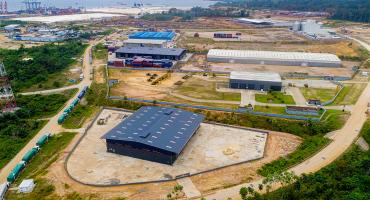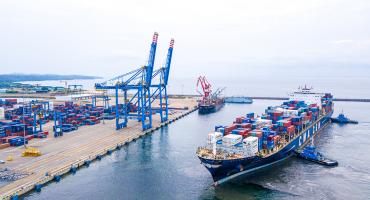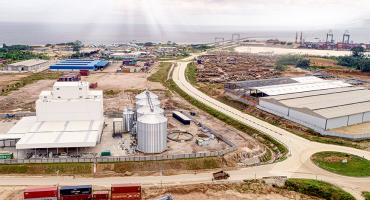It is obvious that the new fonctionnal presentation of the Port Authority of Kribi (PAK) adopted by the Board of Directors on 14 April seems more tailored to the company’s ambitions. Led by the Deputy General Manager, under the supervision of the General Manager, this new organisation, focused on value sharing, cross-functionality, quality of services provided, aims mainly at facilitating the company’s streamlining by redefining tasks assigned to employees, especially :
- A strong emphasis on planning and projects in the company’s organisation;
- A better definition and implementation of performance management;
- A reorientation of the activities of the Finance and Accounting Department. The principle selected was that of structuring services within competence clusters called ‘’ Departments’’ or ‘Divisions’’, for a better coherence and complementarity. Furthermore, this choice has provided the General Management with the means to clarify the distribution of responsibilities between the various Departments and Directorate, thus leading to 5 major innovations as presented below:
- The creation of a post of Chief of Staff at the General Manager’s Office, who will henceforth be the point of contact with all the structures. This is an indication of PAK’s will to align with much more modern and efficient organisational standards;
- The creation of three new Divisions (in addition to the 9 existing Departments and Division), namely the Division of Planning and Management Control, the Division of Studies, Projects and Cooperation and the Monitoring and Follow-up Division, within which several activities and missions have been redefined;
- The reduction in the number of structures previously attached to the General Management, thus giving more room to focus on strategic and operational issues;
- The redefinition of the performance measurement function through the introduction of an ad hoc Cell attached to the new Division of Planning and Management Control; The creation of a documentation and archive centre, whose activities were formerly attached to the former Information Systems and Documentation Department.
With this new chart, a serious emphasis is laid on efficiency of implementation on the ground. The conditions for drafting policies are specified and supervision becomes more rigorous thanks to the compliance with norms and procedures of internal control.
More than before, the General Management aims to work on strong avenues such as performance, regular assessment of operational strategies and optimisation of resources and other production means, with high requirements for responsiveness and solidarity. It is worth recalling that the new organisation chart is a flexible tool since it should be able to adapt to new needs and missions that are consistent with the General Management‘s will.

